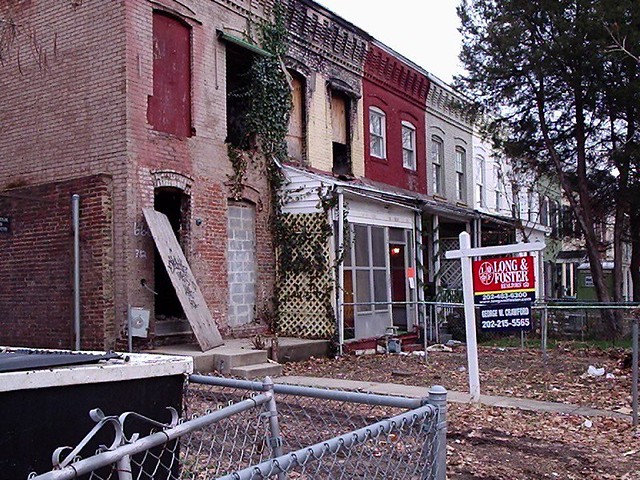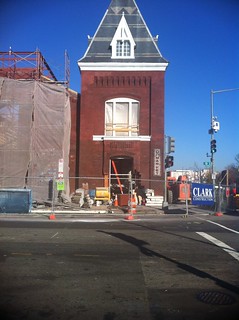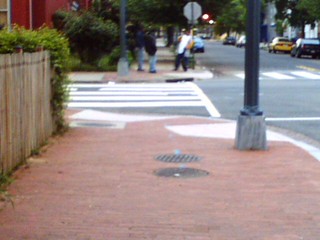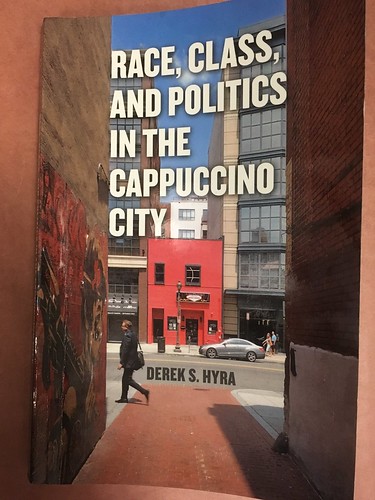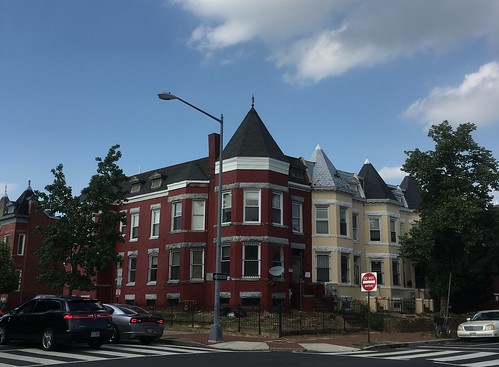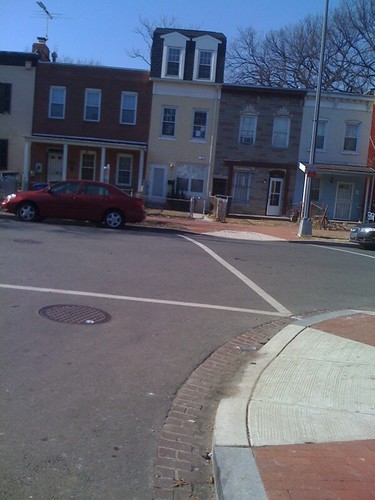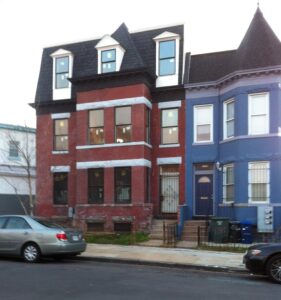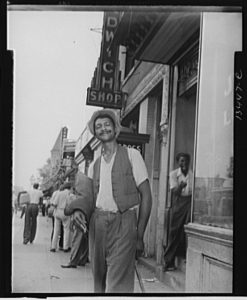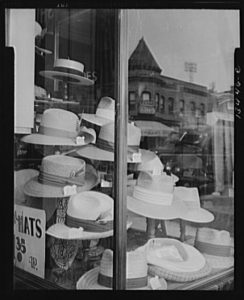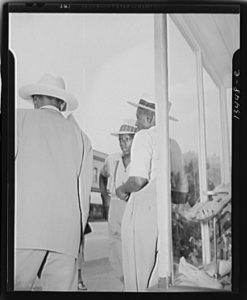Yes, for the few of you still following, I changed the look of the blog.
 Back on the old blog, which is still sitting at inshaw.com/blog and duplicated somewhere here there is a post I wrote 14 years ago. Fourteen years, that’s a teenager. That’s half the lifetime of some of the newer resident’s walking around! Fourteen years ago, Shaw was a different place. So I’m going to repost that dream.
Back on the old blog, which is still sitting at inshaw.com/blog and duplicated somewhere here there is a post I wrote 14 years ago. Fourteen years, that’s a teenager. That’s half the lifetime of some of the newer resident’s walking around! Fourteen years ago, Shaw was a different place. So I’m going to repost that dream.
Note: I don’t feel the same way now as I did then, and I probably wouldn’t put it the same way as I did back then. But for the sake of honesty and truth, I’m not editing it, not even for the spelling errors.
From In Shaw An Historically Gentrified Blog
My Dream of Shaw
Taking an idea from my church’s reading group that we are constantly changing the world into what it aught (ms) to be, I began thinking about what I would like Shaw to be in the near future.
I want a diverse neighborhood. Diversity meaning a strange balance between rich and poor; black, white, hispanic and asian; poor, lower income, middle class, upper-middle class, and rich; old and young; gay and straight, all these in numbers where one does not stick out like a sore thumb or overwhelm and dictate the nature of Shaw.
Jesus said the poor shall always be with us. As long as there is public housing in Shaw and Section 8, we will have our poor. Yet, I have been reading that poor can be a temporary situtation. I grew up poor, in a lower class neighborhood. Some of my friends grew up the same, working class, or homeless, but have transcended poverty and wander somewhere in the middle class zone. I hope the same for my neice and nephew who are currently on public assistance, that they too may transcend their current economic standing. In order to transend poverty or at least not have it as a permanent designation for a family, there must be opportunities in the form of education, training and jobs; things lacking in areas of concentrated poverty. In order to de-concentrate you have to bring in the other classes. Bringing in the other classes will result in the displacement of the poor but not all the poor.
To balance the economic groupings of Shaw, the area needs a healthy middle class population to deconcentrate poverty. This middle class should range from contractors, plumbers, teachers, police, civil servants, IT, and retirees who invested well. They should provide the tax base to help fund social services and give to socially minded charities. But realistically, their numbers will displace some, raise prices (rent, real estate taxes), and they will make demands that old timers will find annoying.
In an 2001 Washington City Paper article an author, writing about his U Street neighborhood, mentioned that as soon as the area blacks begin moving into the middle class they move out of DC and into PG County, just over the border. He noted how the houses in his immdediate area were being bought by whites. My point, you can’t force black folks to stay, especially when they aren’t convinced that the crap they put up with (drug dealing, crime, trash, etc) isn’t going to go away soon enough. Why wait 5 years for the area to get better if you can buy in a quieter lower crime area today? If blacks aren’t moving in great numbers to replace the ones moving out, and there are whites/hispanics/asians willing to pay top dollar, then logically the racial demographics of the area will change. There are middle class black buying and staying in Shaw, but not in the numbers to maintain an overwelming majority. We come as singles, working married/gay couples, not so much as families with children. We are putting up with the crime, the trash, and all the other reasons of why those who have moved out, moved out, hoping that in a few years it will improve. I hope more black middle class households move to Shaw to make it the gleaming neighborhood it once was before the riots and to maintain the history of the area. But realistically, non-blacks are attracted to the area, and hopefully their numbers ( I’m specifically thinking of the clutch you purse ever time they see a black person population) will not overwhelm making it uncomfortable for blacks.
As far as businesses go, I dream of fewer liquor stores. A few places where I can walk to in 15-20 minutes from the house and grab a pastry, or sit down and eat, or buy a book. U Street has a lot of that with Cake Love (great cakes!!!) the kazillion Ethopian restaurants, the Islander Restaurant, and the other stores along U and 14th Streets. I would live to see some of that along 7th Street and North Capitol. I dream of places where I want to spend my money because they have something I want.
Shaw should be diverse. It should have services and businesses for everyone. It should be low in crime and as clean as a city can be. It should feel like home.
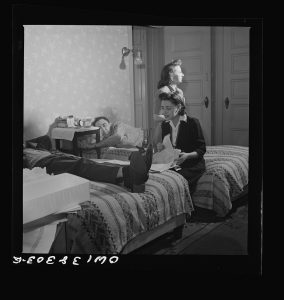

 Back on the old blog, which is still sitting at inshaw.com/blog and duplicated somewhere here there is a post I wrote 14 years ago. Fourteen years, that’s a teenager. That’s half the lifetime of some of the newer resident’s walking around! Fourteen years ago, Shaw was a different place. So I’m going to repost that dream.
Back on the old blog, which is still sitting at inshaw.com/blog and duplicated somewhere here there is a post I wrote 14 years ago. Fourteen years, that’s a teenager. That’s half the lifetime of some of the newer resident’s walking around! Fourteen years ago, Shaw was a different place. So I’m going to repost that dream.